Udon Thani
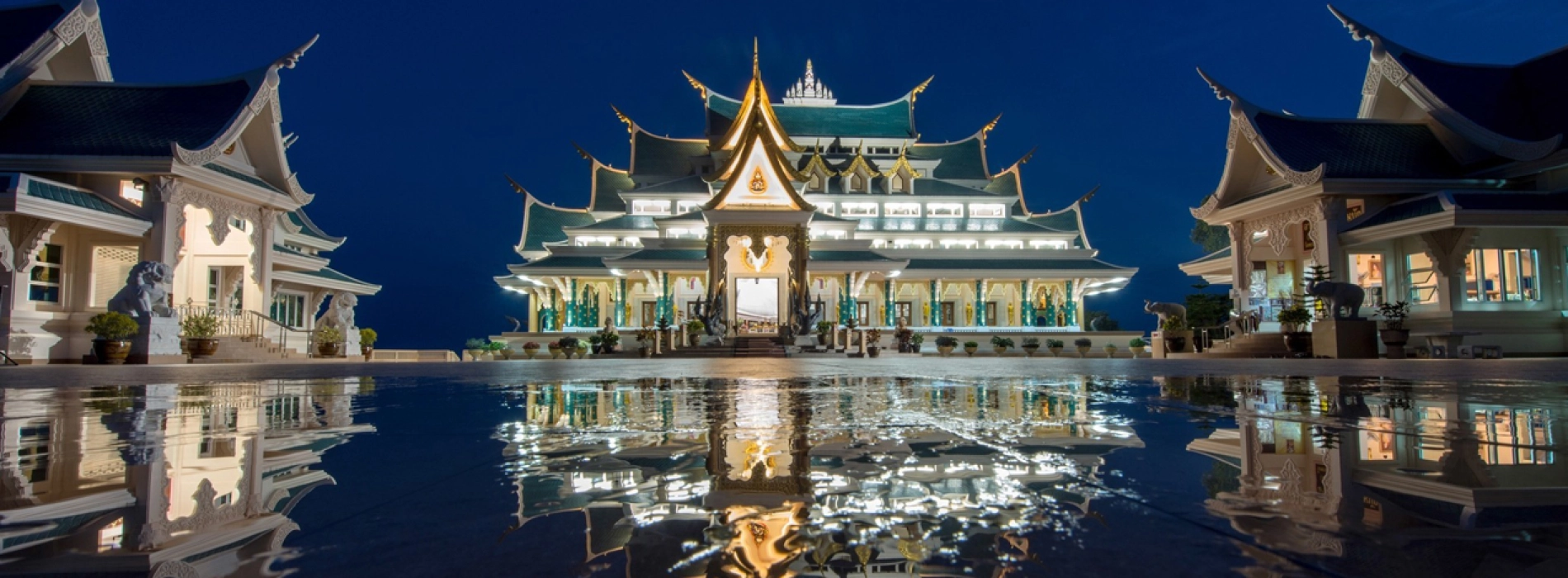
Udon Thani, situated in northeastern Thailand, is a province boasting a rich blend of agricultural vitality, commercial significance, and cultural diversity. Its capital city, Udon Thani, serves as a pivotal hub for both commerce and transportation, standing as the fourth-largest city in the Isaan region. The province's economy thrives on a combination of agriculture, notably rice production, a burgeoning industrial sector, and a growing tourism industry. Visitors to Udon Thani can explore its historical treasures, such as the UNESCO World Heritage Site, Ban Chiang Archaeological Site, renowned for prehistoric pottery. Nature enthusiasts can revel in the scenic beauty of the Red Lotus Sea, where thousands of lotus flowers bloom. The local culture is shaped by a unique blend of influences from Laos and indigenous traditions, evident in the distinct Isan dialect commonly spoken in the region. Udon Thani is well-connected by road and is home to an international airport, ensuring accessibility for both domestic and international travelers. Additionally, the province holds historical significance, having served as a key location for the United States during the Vietnam War, marked by the presence of the former U.S. Air Force base, now operated by the Royal Thai Air Force. Whether attracted by history, culture, or natural wonders, Udon Thani presents a diverse tapestry of experiences for those who explore its charms.

The gorgeous Red Lotus Sea
The history of Udon Thani is extensive and dates back thousands of years. The Ban Chiang archeological Site, a UNESCO World Heritage Site, is one of the province's most important archeological sites. This site is one of the most significant archaeological finds in Southeast Asia, having shown signs of prehistoric human occupancy as early as 3600 BCE. Ban Chiang is well known for its unusual red ceramics, bronze relics, and other antiquated objects that shed light on the past cultures of the area.
Udon Thani and its environs were a part of the Khmer Empire's domain during its rule. The ancient sites and temples in the area are clearly influenced by Khmer culture. The region was eventually included by the Lao kingdoms of Lan Xang and Vientiane.
Udon Thani became strategically significant for the United States during the Vietnam War in more recent history. In the province, Udorn Royal Thai Air Force Base was created by the U.S. Air Force. In order to assist US military activities in the area, this facility was essential. The Royal Thai Air Force was given control of the base following the conflict.
Udon Thani has had economic expansion and progress in the modern age. The province has developed into one of northeastern Thailand's major hubs for industry, trade, and agriculture. Udon Thani has developed into a thriving metropolis with cutting-edge facilities and infrastructure.
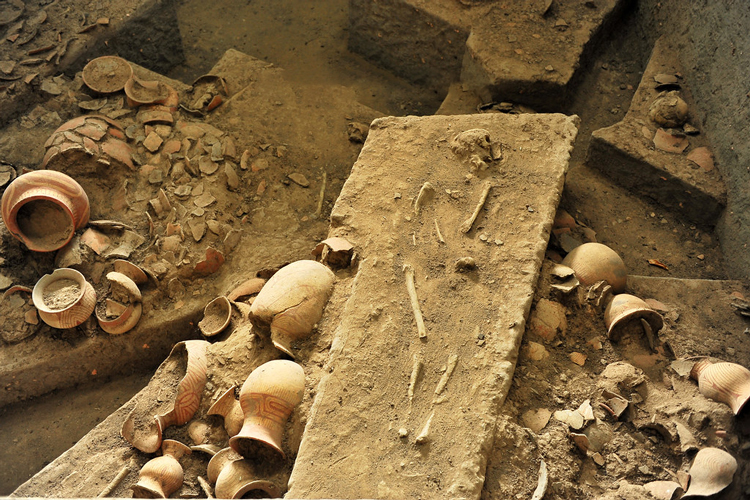
Ban Chiang, Udon Thani
Nong Prajak Park: A popular recreational area in Udon Thani city, Nong Prajak Park surrounds a large lake. Visitors can enjoy walking paths, gardens, and the serene atmosphere. The park is an excellent place for picnics and relaxation.
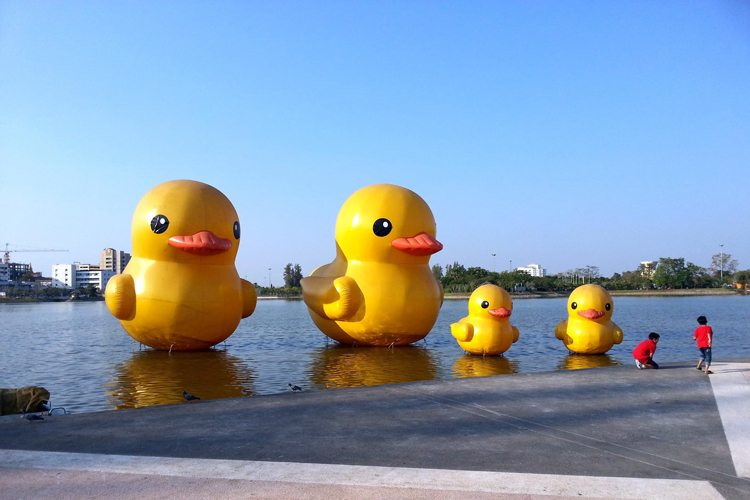
Nong Prajak Park - A cultural and social hub in Udon Thani
Phu Foi Lom Eco Park: Offering panoramic views of the surrounding countryside, Phu Foi Lom is a mountain located about 20 kilometers southwest of Udon Thani. The park features nature trails, viewpoints, and diverse flora and fauna.
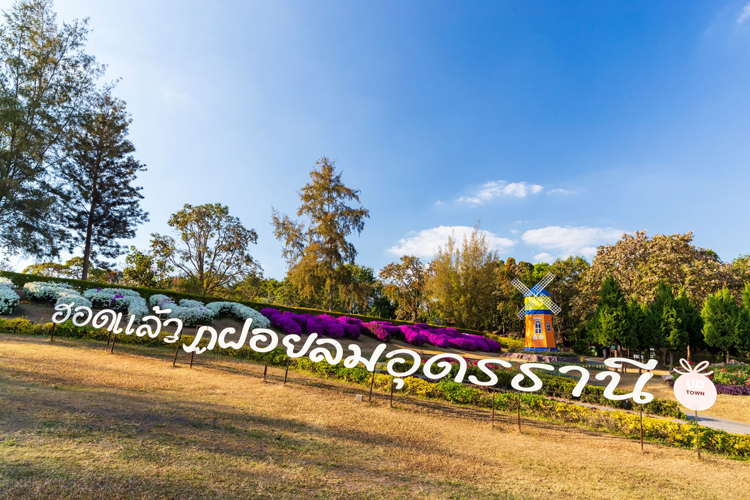
The spacious campus of Phu Loi Lom Eco Park
Udon Thani has a tropical savanna climate (Köppen climate classification Aw). Winters are fairly dry and very warm. Temperatures rise until April, which is hot with the average daily maximum at 36.2 °C. The monsoon season runs from late-April through early-October, with heavy rain and somewhat cooler temperatures during the day, although nights remain warm. The range of reliably recorded temperatures in the city is from 2.5°C to 44.1°C
The best months to visit Udon Thani are November through March of the following year. There isn't much rain during this time of year, making it suitable for travel and outdoor enjoyment. There are several events held here every year from March to May, which draws a lot of tourists as well.
You can usually visit all of Udon Thani's key sites in 2 to 3 days. However, you can think about extending your stay to 4 or 5 days or longer if you wish to take day trips, have a more relaxed experience, or learn more about the local way of life.
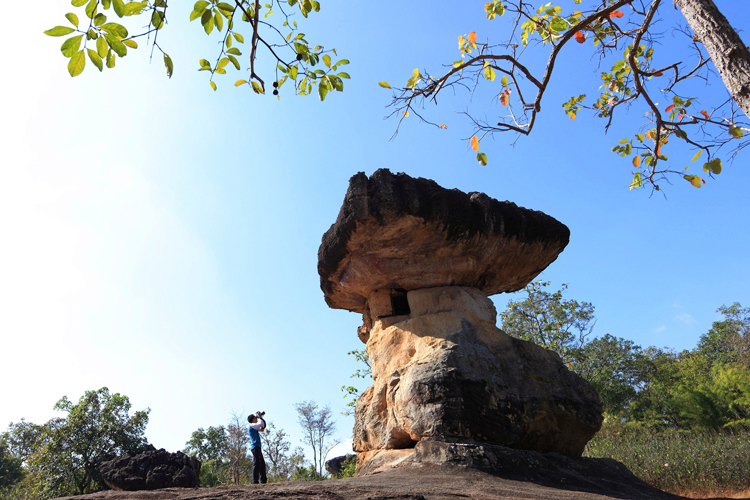
Phu Phrabat Historical Park, Udon Thani
Tuk-Tuks and Songthaews: They are affordable and suitable for short distances.
Motorbike Taxis: Motorbike taxis are a convenient option for getting around the city quickly. They are especially useful for navigating through traffic. Always negotiate the fare before starting your journey.
Rental Cars and Motorbikes: Renting a car or motorbike gives you the flexibility to explore Udon Thani and its surrounding areas at your own pace.
Private Taxis: Private taxis are available in Udon Thani and can be hired for a more comfortable and convenient travel experience. Negotiate the fare with the driver before starting your journey.
Cycling: Udon Thani is a relatively flat city, making it suitable for cycling. Some hotels or rental shops may offer bicycles for exploring the city and nearby areas.
Walking: Many attractions in Udon Thani city center are within walking distance of each other. Walking allows you to immerse yourself in the local atmosphere and discover hidden gems.
Buses: Long-distance buses operate between Udon Thani and neighboring provinces. You can check the schedules and book tickets at the local bus station or through bus companies. Buses are a cost-effective option for traveling to destinations within a few hours' reach.
Trains: Udon Thani has a railway station with train services connecting to several provinces. You can check the State Railway of Thailand (SRT) for train schedules and routes to plan your journey.
Rental Cars: Renting a car provides flexibility and convenience for exploring neighboring provinces at your own pace.
Private Taxis: You can hire a private taxi to take you to neighboring provinces. Negotiate the fare with the taxi driver in advance, and make sure they are willing to travel to your desired destination.
Domestic Flights: For more distant destinations, consider flying. Udon Thani International Airport offers domestic flights to major cities in Thailand. Check with airlines for schedules and availability.
Motorbike Rentals: If you're comfortable riding a motorbike, some rental shops offer motorbike rentals. This can be a convenient and adventurous way to explore nearby areas.
Discover the charm of northeastern Thailand on the Udon Thani Tour 3 Days 2 Nigh...
Discover the highlights of northeastern Thailand on the Udon Thani Tour 4 Days 3...